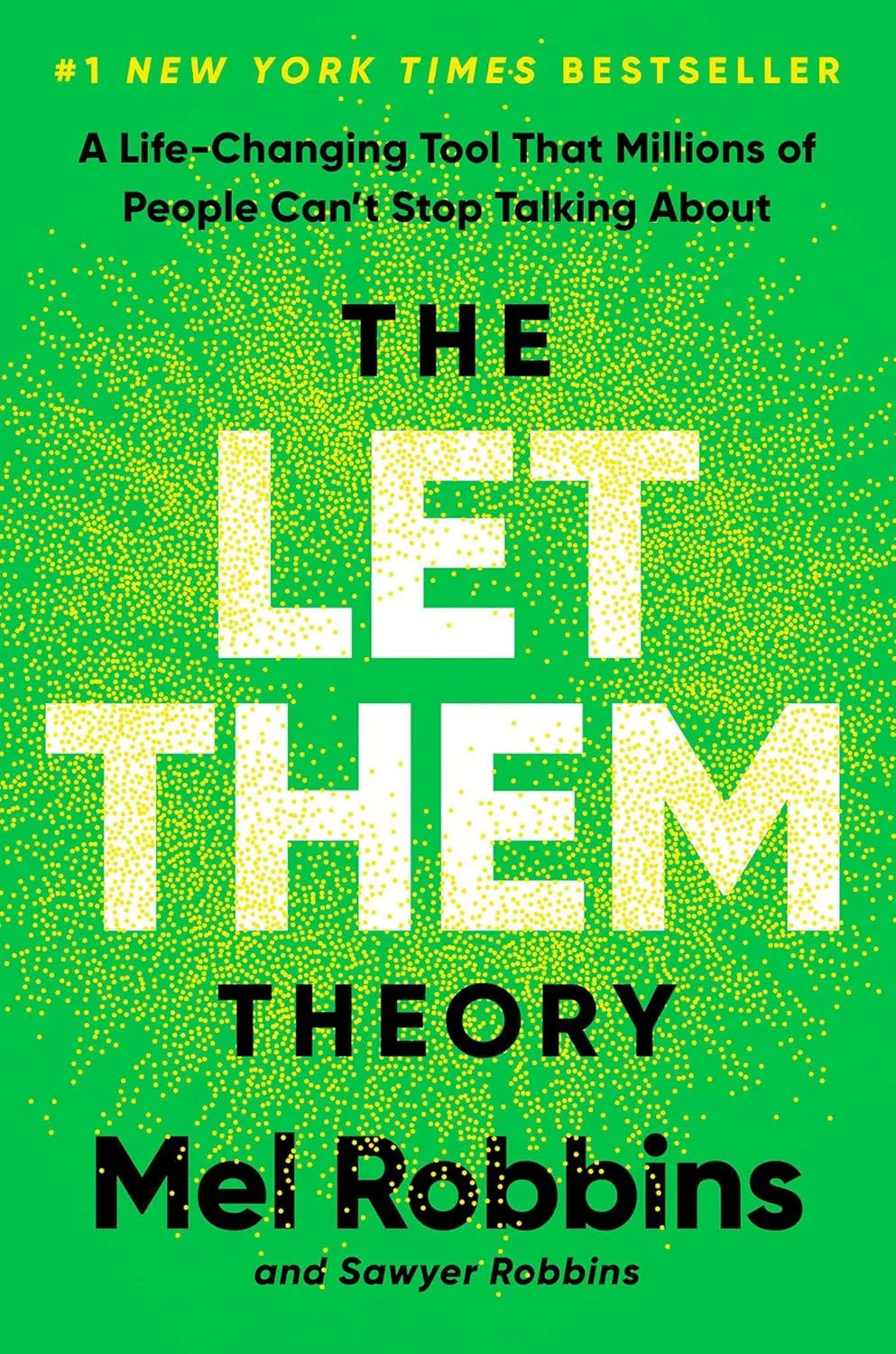📘 Book Summary
“The Anxious Generation: How the Great Rewiring of Childhood Is Causing an Epidemic of Mental Illness” is social psychologist Jonathan Haidt’s deep dive into the rise of mental health issues among Gen Z. He argues that the shift from play-based to phone-based childhood is the root cause of the crisis. Haidt draws on extensive global data and research to support his claim and proposes four key rules to help reverse the damage.
🔑 Key Takeaways
- The Great Rewiring: Children born after 1995 moved from a play-based to a phone-based childhood.
- Dual Crisis: Kids are overprotected in the real world and underprotected online.
- Antifragile Development: Children need challenges and adversity to build resilience.
- Four Rules for Recovery: No smartphones before high school, no social media before 16, phone-free schools, and more independence and free play.
- Community Solutions: Individual efforts aren’t enough; institutions and communities must work together.
📚 Overview
Haidt’s book investigates the alarming rise in depression, anxiety, self-harm, and suicide among teenagers since the early 2010s. He attributes these problems primarily to two trends: hyperprotection in the physical world and extreme exposure in the digital one. The book continues ideas from “The Coddling of the American Mind,” shifting the focus to how digital technology has fundamentally altered the experience of growing up.
✍️ About Author
Jonathan Haidt is a social psychologist and NYU professor known for his work on moral psychology, cultural change, and youth development.
Credentials:
- PhD in Social Psychology from the University of Pennsylvania
- Former faculty at UVA and Yale
- Author of “The Righteous Mind” and co-author of “The Coddling of the American Mind”
- Founder of Heterodox Academy
- Frequent consultant on educational and social policy
🌟 Reception and Impact
- #1 New York Times Bestseller
- Wall Street Journal Top 10 Book of 2024
- Obama’s Favorite Books of 2024
- Widely discussed among educators, policymakers, and parents
- Sparked debates about age verification, screen time, and mental health policy
- Praised for its urgency and criticized by some for the strength of its causal claims
🌍 Plot and World-Building
Haidt builds a world where:
Old Childhood (Pre-2010s):
- Outdoor play and real-world exploration
- Face-to-face interaction
- Gradual independence
- Exposure to manageable risks
New Childhood (Post-2010s):
- Phone-based lifestyle
- Social media as main form of interaction
- Overprotected offline, underprotected online
- Lack of unsupervised play
🎭 Main Storyline
- Crisis Identified: Teen mental health collapses in the 2010s.
- Analysis: Rules out traditional causes like grades or money.
- Diagnosis: Identifies phones and social media as key culprits.
- Explanation: Details how digital life disrupts development.
- Solutions: Proposes community-level policy shifts.
👑 Key Characters and Themes
Main Character: The post-1995 generation facing unseen mental health challenges.
Themes:
- Antifragility: Kids need to face real challenges to grow.
- Community Responsibility: Societal change requires collective effort.
- Real vs. Virtual: Digital life lacks the depth and safety of the physical world.
- Overprotection: Too much safety stunts growth.
- Social Contagion: Mental health trends spread via social platforms.
🧠 Who Should Read This?
Ideal for:
- Parents and caregivers of Gen Z
- Educators and administrators
- Mental health professionals
- Policy advocates
- Tech developers designing for young users
- Anyone concerned with digital well-being
Especially valuable for:
- Parents debating phone/social media policies
- Schools seeing rising anxiety and behavioral issues
- Communities crafting youth programs and tech guidelines
💬 Best Quote
“We are overprotecting children in the real world and underprotecting them online.”
📚 Final Thoughts
Haidt’s compelling argument combines global data, scientific research, and urgent policy proposals. The book is not just a diagnosis but a call to arms, outlining how we can reclaim healthy development for the next generation. While some debate remains about cause and effect, Haidt offers a credible and practical starting point for creating positive change.
👉 Read This If You…
- Are a parent concerned about your child’s screen time
- Teach or mentor young people
- Work in public health or tech ethics
- Want to understand the root of Gen Z’s anxiety
- Believe kids need more free play and independence
- Value research-based approaches to social change
❓ FAQ
Q: Does Haidt blame everything on smartphones?
A: No, he sees them as major contributors within a broader context.
Q: Are his four rules practical?
A: More realistic when implemented at the community or school level.
Q: What about tech’s benefits?
A: Haidt acknowledges them but argues the harms outweigh the benefits for kids.
Q: Is this a moral panic?
A: Haidt differentiates his view using measurable, cross-national data.
Q: Is the evidence strong?
A: The book is evidence-rich but some critics call for more longitudinal data.
📖 Buy The Anxious Generation on Amazon
📄 Read More Self-Help Summaries







